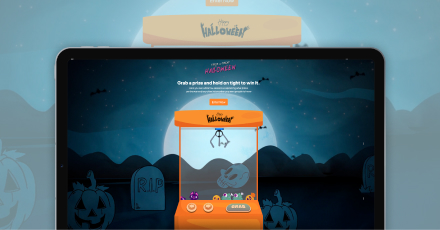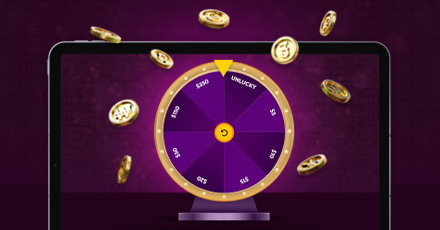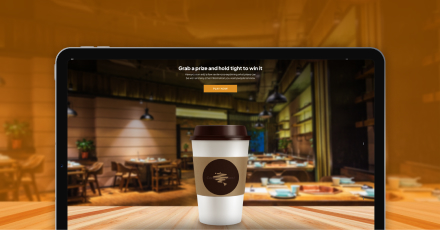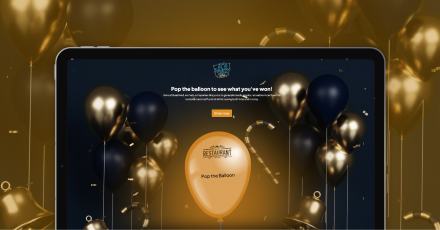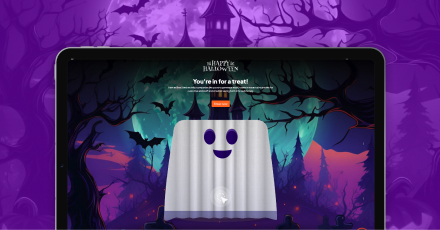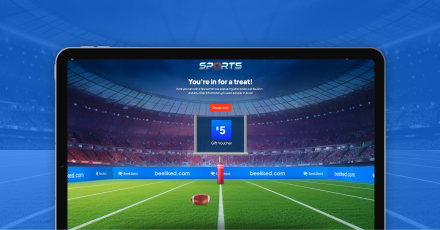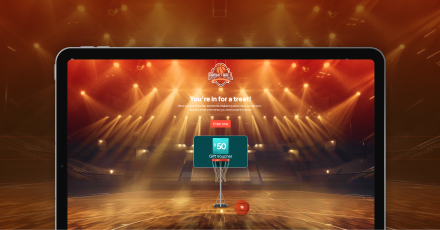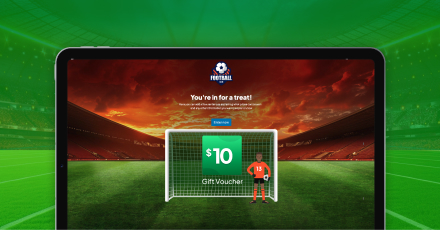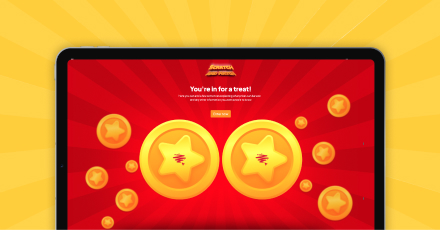Gamification in corporate training is making employee development more engaging and effective by turning learning into an interactive experience. Companies are using elements such as challenges, rewards, and progress tracking to keep employees motivated. For example, a sales team might go through a simulated customer interaction game where they earn points for handling objections correctly. Leaderboards, badges, and performance-based incentives also help boost participation and retention.
However, beyond motivation, gamification in corporate training helps reinforce knowledge through repetition and real-world application. It transforms training from a passive experience into an interactive and results-driven process. In this article, we’ll explore how gamification drives corporate training innovations and how businesses leverage it to enhance employee development, improve performance, and create more dynamic learning environments. From real-world case studies to proven engagement strategies, we’ll examine how gamification transforms training into a powerful tool for long-term success.
The Real Impact of Gamification on Virtual Corporate Training

The gamification market continues to expand, reflecting its growing role in workforce development. According to Fortune Business Insights, the market is expected to grow from $6.33 billion in 2019 to $89.75 billion by 2031, with a CAGR of 24.8% over the forecast period. Businesses across industries are increasingly turning to gamification in corporate training to improve outcomes, drive engagement, and enhance performance.
Companies that implement gamified training report measurable gains in sales, customer service, and operational efficiency. Structured, interactive learning methods help businesses accelerate onboarding, strengthen knowledge retention, and encourage employees to apply their skills effectively.
Companies across industries are reaping significant benefits from gamification. Autodesk reported a 40% increase in trial usage and a 15% rise in conversion rates, while Extraco Bank experienced a 700% boost in client acquisitions after integrating gamified experiences. These results demonstrate how organizations across industries apply gamification for operational efficiency.
An engaged workforce is more productive and invested in their roles, but without the right approach, motivation can decline. Organizations looking to drive participation in training programs need dynamic solutions that motivate and engage employees. When employees lose motivation without reinforcement, productivity and revenue inevitably suffer. Integrating gamification into virtual corporate training strengthens engagement and enhances collaboration and team cohesion.
Companies Using Gamification in Corporate Training

As previously mentioned, gamification is gaining traction in various industries. But how are companies integrating it into their training programs? Deloitte has integrated gamified leadership training, where employees earn badges and progress through levels as they complete courses, making professional development more structured and interactive. Similarly, PwC introduced a cybersecurity training game, where employees complete missions and earn points while learning to identify security threats.
VOCO Hotels introduced an inter-hotel competition that encouraged teams to improve guest review scores, resulting in higher service quality and improved staff morale. McDonald’s UK implemented a till-training simulation, allowing employees to practice order-taking in a risk-free, gamified environment, leading to greater accuracy and efficiency.
Gamification is not limited to large enterprises. US Health Connect leveraged BeeLiked’s platform to improve engagement in its EdTech learning programs, leading to an 18% increase in test-taking rates. BTIS, a brokerage firm, streamlined its broker incentives program, also using BeeLiked, automating engagement-driven rewards to improve participation.
These examples illustrate how gamification extends beyond entertainment, driving engagement, knowledge retention, and motivation in corporate training. Whether through interactive challenges, real-time progress tracking, or structured incentives, organizations are seeing measurable improvements by integrating gamified learning experiences into their training programs.
Winning Strategies for Boosting Employee Engagement With Gamification in Corporate Training

1. Personalized Feedback and Progress Tracking
Employees remain engaged when they receive real-time feedback and can track their progress. Leaderboards, badges, and milestones help employees visualize growth, while tailored feedback highlights strengths and areas for improvement.
2. Meaningful Rewards and Recognition
Recognition is most effective when it aligns with employee preferences. Digital badges, redeemable points, performance-based bonuses, and public recognition reinforce motivation and drive engagement.
3. Scenario-Based and Simulation Learning
Practical application strengthens knowledge retention. Gamified simulations and scenario-based learning allow employees to develop skills in a controlled environment before transitioning to real-world applications.
4. Friendly Competition and Team Challenges
Healthy competition encourages participation and performance. Leaderboards, team-based competitions, and goal-oriented challenges provide structured motivation, particularly in customer-facing industries.
5. Tailored Learning Paths
Not all employees learn the same way. Customized gamification in corporate training ensures engagement by accommodating different learning preferences. Some employees thrive on competition, while others prefer self-paced progress tracking and achievement-based milestones.
Is Gamification in Corporate Training a Sustainable Investment?
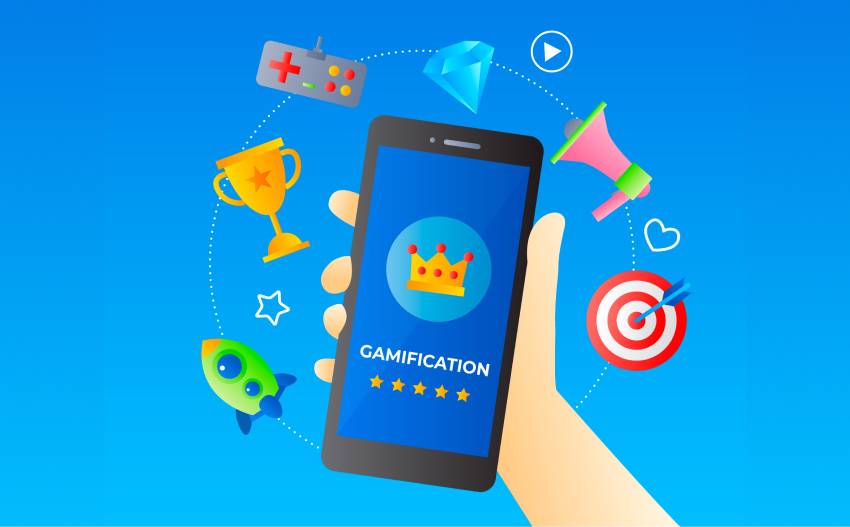
Gamification is a long-term investment that ensures corporate training remains relevant and effective as business needs evolve. Digital platforms allow companies to update content, introduce new challenges, and scale training programs, ensuring sustained impact without the need for constant redevelopment.
Beyond engagement, gamification helps reduce training costs by improving knowledge retention and minimizing retraining. Businesses that implement structured, interactive learning methods see higher employee retention and improved performance, resulting in lower turnover and long-term workforce stability.
Industries that require continuous upskilling, such as technology, healthcare, and finance, benefit significantly from gamified training programs. As remote and hybrid work environments become more common, companies also gain the advantage of scalable, flexible training solutions that keep employees connected and learning efficiently.
Driving Innovation With Gamification in Corporate Training Through BeeLiked
Gamification in corporate training has redefined how businesses approach employee development, making it more engaging, adaptive, and results-driven. Businesses that invest in interactive learning see higher engagement, better knowledge retention, and stronger workforce development. However, long-term success requires a scalable, strategic approach.
BeeLiked empowers companies with customizable, game-based engagement solutions designed to enhance employee participation, motivation, and retention. Our platform enables businesses to create interactive promotions to offer employee incentives and customer rewards tailored to their specific objectives, whether it’s boosting sales, improving training effectiveness, or strengthening brand loyalty.
With integration capabilities and performance tracking, BeeLiked helps businesses create scalable, game-based promotions. Organizations can measure engagement, refine strategies, and drive long-term customer and employee interactions, making game-based incentives a smart investment in business success. Discover how BeeLiked can help your organization transform corporate training. Learn more about our gamified corporate training solutions and see how we can enhance engagement, performance, and long-term business success.

